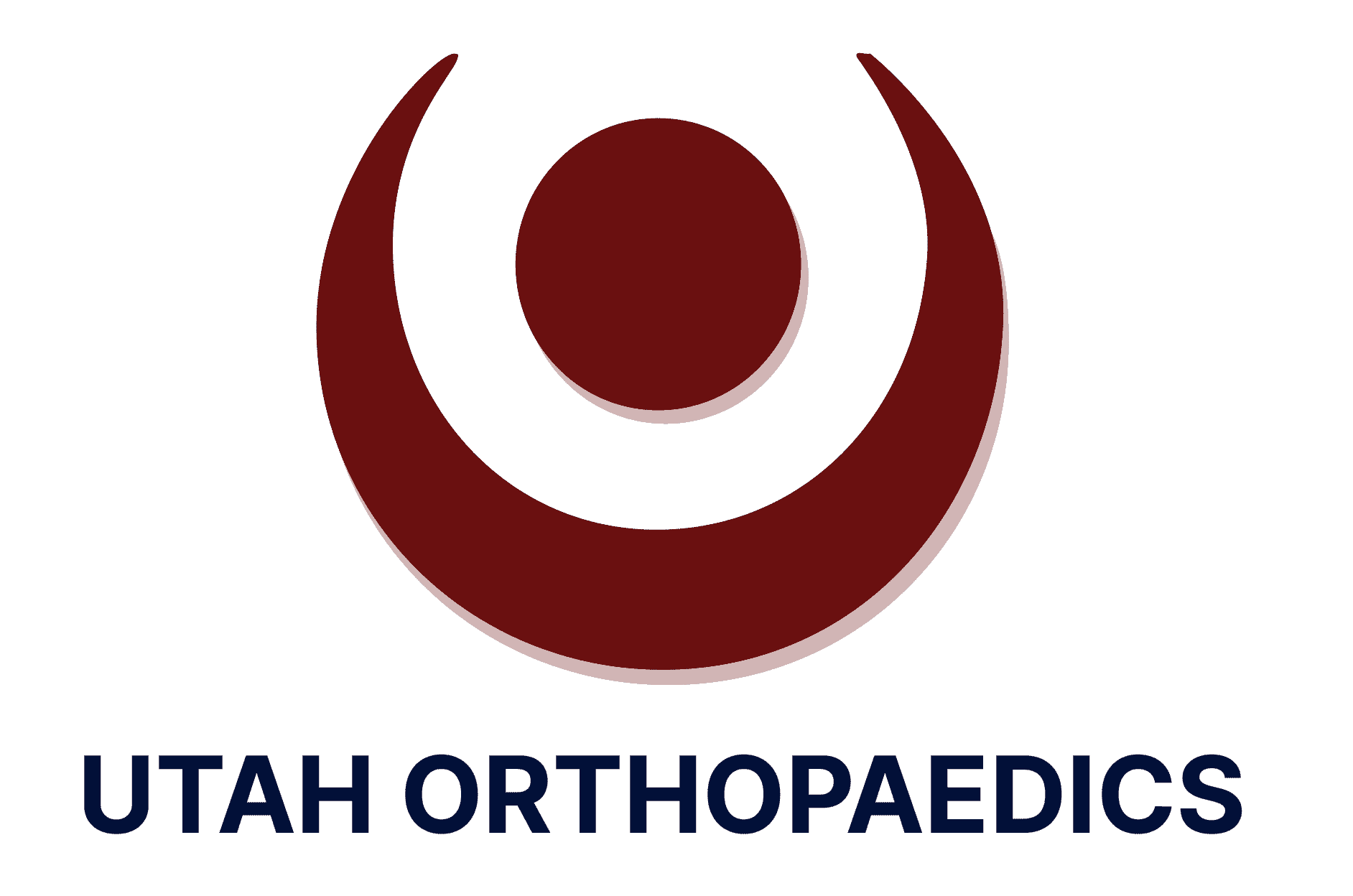Hand surgery can restore function, relieve pain and improve the appearance of the hands for patients suffering from injury or arthritic disease. Such surgery is usually performed under general anesthesia or local anesthesia with sedation on an outpatient basis. Many hand surgeries may be performed laparoscopically, allowing patients to benefit from smaller incisions, less scarring and bleeding, and shorter recovery times.
Hand Surgery Procedures
There are several types of surgical procedures performed on the hand. Depending on the type and the extent of the damage, injured tissue may be removed from the joint, tendons and ligaments may be repositioned, a joint may be fused, nerves of tendons may be repaired, or the entire joint may be replaced with a prosthetic.
Arthrodesis or Fusion
Arthroscopic arthrodesis (fusion) is a surgical procedure used to treat severe cases of degenerative osteoarthritis. This procedure involves fusing the bones of the affected joint in order to manage pain. During arthrodesis, all cartilage is removed from a joint and two or more bones are joined so they do not move. Fusions may be performed with screws, plates or pins or a combination of these materials. While the patient will have somewhat limited movement after arthrodesis, the surgery provides more joint stability and excellent pain relief.
Arthroscopy
Arthroscopy is a minimally invasive procedure that allows for careful examination and minor repairs of a joint. An arthroscope, a thin tube with a miniature camera attached to it, is inserted through a small incision, allowing the surgeon to view and treat the joint by removing torn cartilage or bone fragments.
Osteotomy
Osteotomy is a procedure used to remove a section of bone near a damaged joint. This procedure involves involves cutting or repositioning the bone to restore proper alignment and treat osteoarthritis.
Synovectomy
Synovectomy is a procedure that removes the synovium, or the tissue lining of the joints, to reduce pain and swelling. It is used to treat patients with rheumatoid arthritis and may also be effective at slowing the progression of the disease.
Repairing Flexor Tendons
Flexor tendons attach the bones of the fingers to the flexor muscles, the muscles that help the fingers to bend. When a flexor tendon is partially torn, the fingers may still bend, but the movement will be painful. There is increased likelihood that the flexor tendon may eventually tear all the way through, resulting in complete inability to move the finger joints.
In order for a cut tendon to heal, surgery must be performed. Even with surgery, complete normal function does not normally return. Physical therapy may assist in releasing scar tissue and increasing mobility after surgery.
Nerve Injury Repair
Hand nerves are delicate and may be damaged not only by cutting, but by pressure or stretching. Injured nerves disrupt transmission of signals between the hand and the brain, causing loss of feeling and muscle dysfunction. In order to repair a nerve, the hand surgeon has to sew the torn ends of the nerve together, a very delicate procedure in which every effort is made to line up nerve fibers precisely. At times, where there is missing nerve tissue, a nerve graft is necessary to re-establish contact between the two ends of the nerve.
When a nerve repair operation is performed, the nerve fibers eventually regenerate and function normally, but this may take a long time, sometimes years. When a graft has been done, there may be some permanent loss of feeling in the area from which the nerve graft was taken. During recovery from nerve injury repair, it is common to experience a pins and needle sensation which eventually passes as healing takes place.
Risks of Hand Surgery
As with any type of surgical procedure, there are certain risks associated with hand surgery, including:
- Adverse reaction to anesthesia
- Nerve damage, loss of sensation
- Blood clots
- Postsurgical infection
- Limited range of motion
These risks are considered rare, especially when the surgery is performed by a skilled and experienced hand surgeon.
Recovery from Hand Surgery
After hand surgery for the treatment of arthritis, patients may experience mild to severe pain for which oral medication is typically prescribed. Depending on which surgery has been performed, the hand usually requires immobilization for a few days to a few weeks as it heals. Patients typically require a course of physical therapy in order to restore as much function and range of motion as possible.


